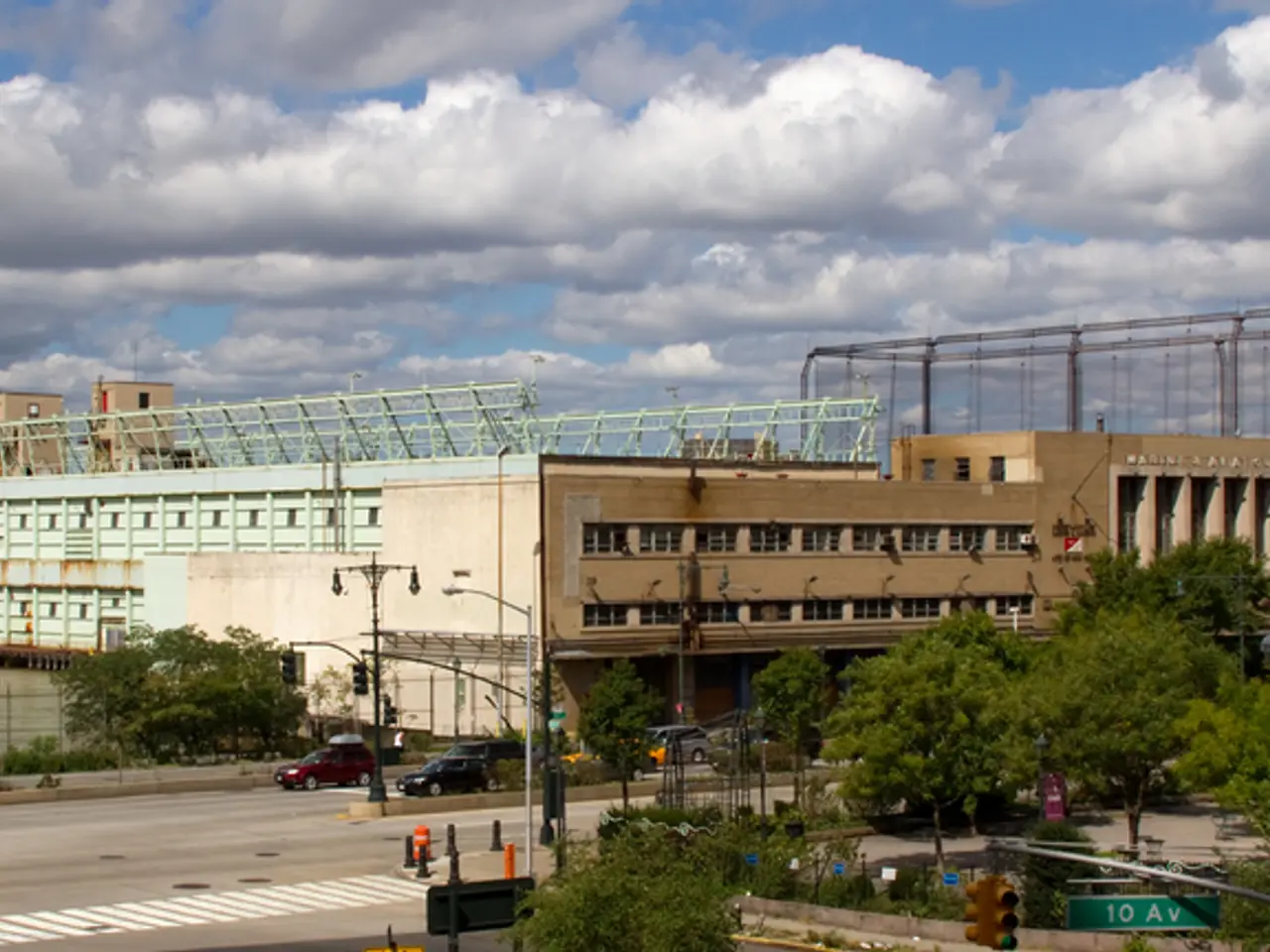Artificial Intelligence Pushing Power Limits - Here's How Major Tech Companies are Finding Innovative Solutions
In the rapidly evolving world of Artificial Intelligence (AI), the traditional data center is being challenged by a growing need for size and an increasing focus on environmental sustainability. This shift is leading to the emergence of unconventional data centers in locations once thought unimaginable.
Google, for instance, once explored the idea of data centers on floating barges, powered by wave energy and cooled with seawater. Although the project never fully launched, it has inspired ongoing efforts by companies like Nautilus. The concept behind this ambitious project was mobility, ocean-based sustainability, and isolation from land-based hazards.
AI is reshaping the locations of computing, with more unconventional data centers likely to surface or submerge. Some of the most unconventional locations focus on unique environmental conditions and opportunities to enhance energy efficiency, security, and sustainability.
One such example is the ocean-cooled data center, SIN01, in Singapore. This data center uses ocean water for cooling, achieving 100% renewable energy use and significantly reducing its environmental impact. By leveraging natural seawater cooling, it balances AI workload growth with sustainability, avoiding proportional increases in emissions or physical footprint.
Another interesting development is the selection of federal sites on Department of Energy (DoE) land for new AI data center buildouts. Remote or federally owned lands like Idaho National Laboratory, Oak Ridge Reservation (Tennessee), Paducah Gaseous Diffusion Plant (Kentucky), and Savannah River Site (South Carolina) are chosen for their large spaces, potential for new power generation, and enhanced security from typical urban vulnerabilities.
Inland U.S. locations like parts of the Midwest and Western states are also emerging as strategic AI data center hubs. Values such as proximity to renewable energy sources, more stable climates for efficient natural cooling, cheaper land, and stronger regional energy grids make these locations attractive. These hubs also reduce risks tied to coastal climate events and enhance latency by positioning centers closer to regional user bases.
Data centers are also being established in old metro tunnels and subway stations in cities like Helsinki and Stockholm, utilizing their natural cooling and protection from environmental and electromagnetic interference.
While some U.S. companies have converted abandoned mines and missile silos into cloud infrastructure hubs, it seems that the future of AI may involve data centers in more unusual locations than previously thought, such as underwater or underground.
These examples illustrate that AI data centers are increasingly sited in places beyond traditional urban tech hubs, focusing on leveraging natural environmental advantages, government-controlled or secluded lands for improved security, and areas with access to abundant renewable energy to improve sustainability and control costs.
Science, climate-change research in environmental-science can benefit greatly from the adoption of technology, such as data-and-cloud-computing, in unconventional AI data centers. For instance, the ocean-cooled data center SIN01 in Singapore utilizes seawater for cooling and achieves 100% renewable energy use, providing valuable data sets on marine conditions and contributing to understanding climate change. Similarly, the selection of federal sites for new AI data centers offers opportunities to gather data on remote and extreme environmental conditions, aiding in the study of climate change.







